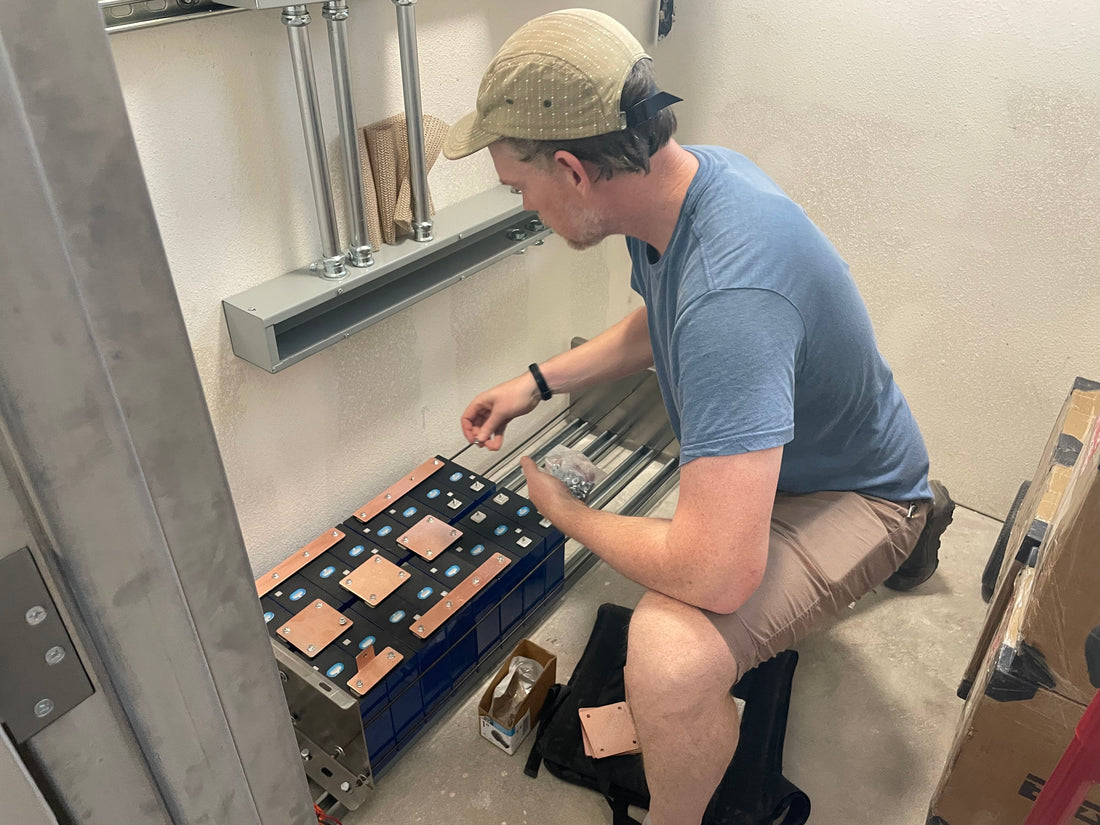
DIY Powerwall - Build your own battery energy storage
Share
What do you need to build your own DIY Powerwall?
Embarking on the journey of constructing your own DIY Powerwall requires precision and a clear understanding of key components. In this guide, we'll delve into the essentials to help you navigate the technical aspects of your Powerwall project.
- Choosing the Right Cell Type. The first step is selecting the appropriate cell type. LFP prismatic cells are favored for their large energy capacity, while Lead Acid AGM batteries offer a reliable, low-tech alternative.
- Voltage and Capacity. Determine the voltage and capacity that align with your project goals. Configuring 16 LFP cells in series at 51V is a common choice for compatibility with many battery inverters. Stack cells in parallel to achieve your desired capacity.
- BMS Selection (if using lithium). For lithium cells, a reliable Battery Management System (BMS) is crucial. The Nuvation BMS is a recommended choice due to its high quality, reliability, and UL certification.
- Inverter Options. Selecting the right inverter is critical for optimal Powerwall performance. Explore reputable brands such as Sol-Ark, Outback, Schneider, Victron, and Samlex.
- Planning Your Build. Now, let's focus on the practical aspects—planning your Powerwall build. The most challenging aspect lies in constructing the cells into a safe and efficient pack. Consider the following products to assist you in this process:
DIY Battery Pack Essentials
|
|
||
|
|
|
Let me know in the comments below if there is other equipment you need for a DIY battery pack build.
Building your DIY Powerwall is a technical endeavor that demands attention to detail. With careful planning and the right components, you'll be well on your way to creating a reliable energy storage solution.
Happy building!







